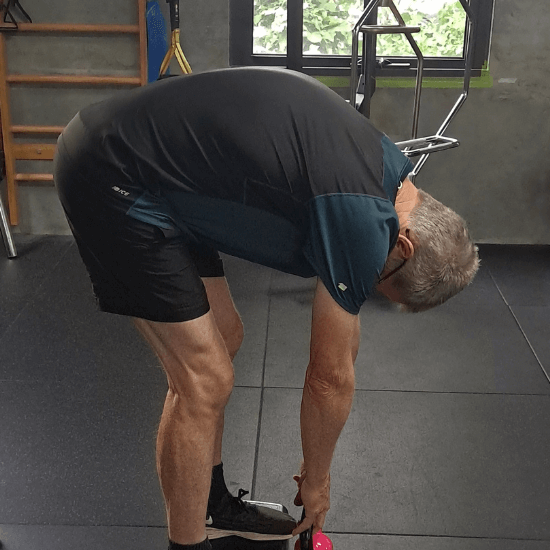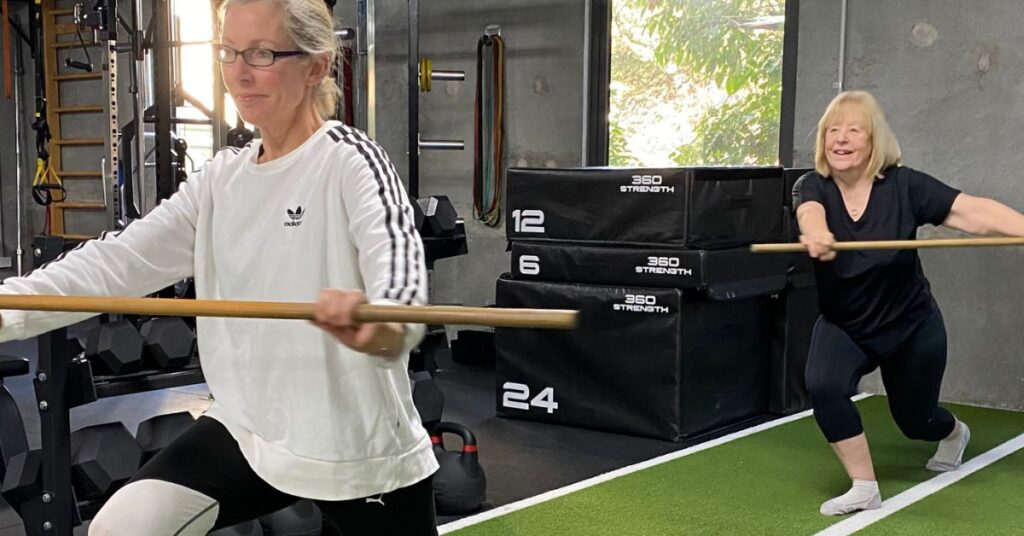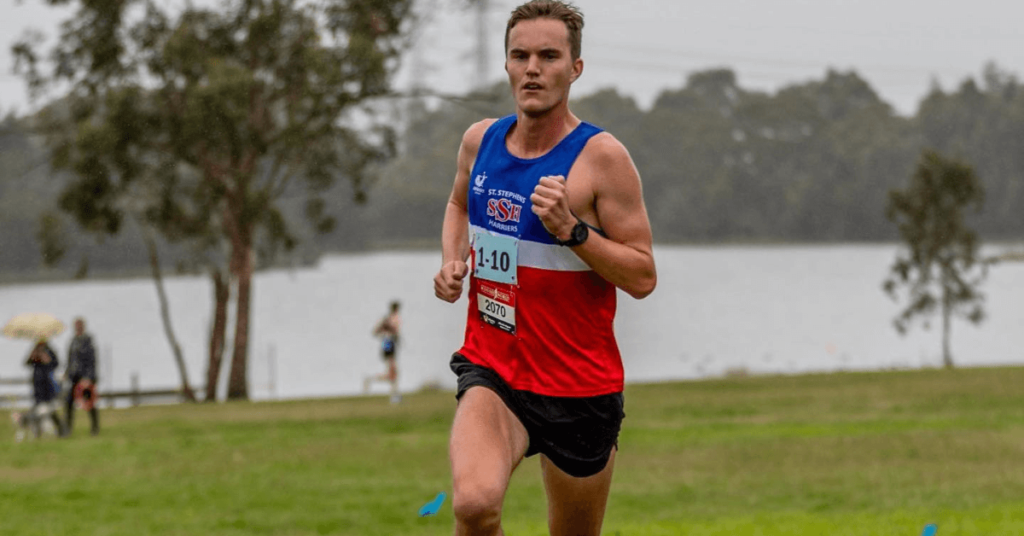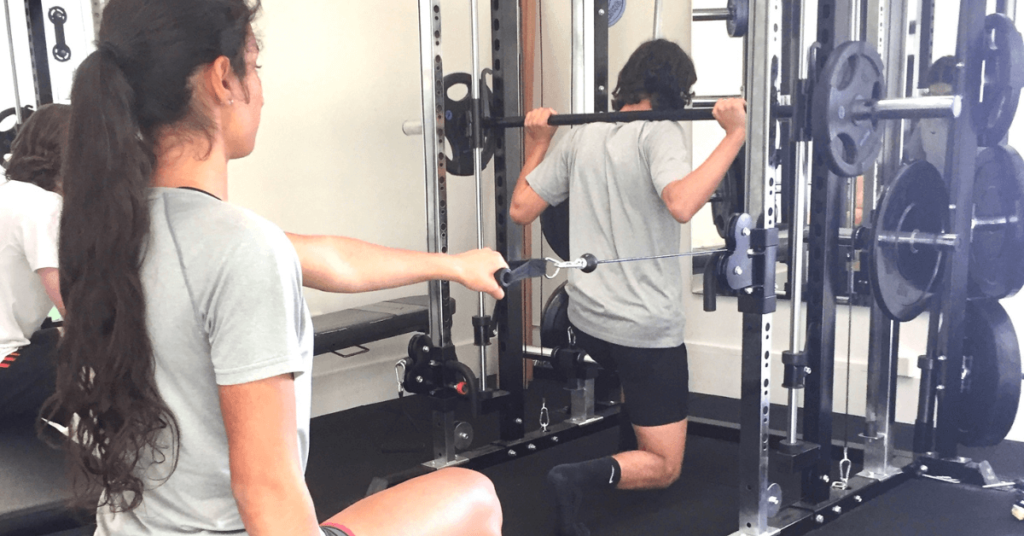The Importance of Warm-up and Cool-down Exercises for Athletes and How to do them

Have you experienced bad cramping during a workout? I sure have! Muscle cramps and strains during workouts can be attributed to the lack of time we give to warm up our bodies. The same goes for cramping after workouts. If you skip your cool down, there’s a higher chance your muscles are still tense. We’ll tell you why you shouldn’t underestimate the importance of a warm up and cool down.
What is a warm-up exercise?
“Okay, let’s warm up!” You’ve probably heard this more than a thousand times from your gym coach before, but do you know exactly what a warm-up is? A warm-up means warming your body up before you begin your workout. Physical warm-ups are activities that prepare you for your workout. It involves moving at a slower pace, stretching your body, and revving your cardiovascular system to get your blood flowing and your body temperature higher.
Why is warming up crucial before exercising?
Warm-ups are primarily done with the intention of getting your body ready for a more intense physical activity. Raising your body and muscle temperature makes your muscles more loose and flexible. Because you are moving slower, a warm-up jump starts your cardiovascular system and regulates your blood flow, ensuring you have enough oxygen and nutrients flowing.
What is a cool-down exercise?
Sports physiotherapy experts cannot stress enough the importance of cooling down after a strenuous workout or physical activity. While warm-ups aim to increase your body temp and heart rate, a cool-down aims to do the opposite. Cooling down aids in your body’s recovery and healing of an individual. A cool down is classified into two kinds: passive and active.
Why is cooling down important after exercising?
When you exercise, your heart rate increases alongside your body temperature. Cooling down helps prevent your muscles from becoming sore and stiff by slowly returning your body to its resting state. Cooling down exercises like walking or stretching helps your body temperature return to normal and continues the delivery of oxygen and nutrients to your muscles. This reduces the accumulation of lactic acid that builds up while you work out.
What are the most common warm-up and cool-down exercises?
Getting physically and mentally prepared for a workout can help you focus more and avoid injuries. Here are some of the most common and well-loved warm-up exercises you can easily do.
Arm circles
Arm circles are one of the easiest warm-up exercises you can do, wherever you are. Stand firmly with your feet at shoulder-width while you hold and stretch your arms to the sides with your palms facing the floor at the height of your shoulders. Rotate your arms in a circle 20-30 times counter and counter-clockwise.
Side reach
Side reaches are a great way to get your heart pumping! Stand with your feet wider than your hip width apart. Place your hands on your hips and lean your body to the right while bending the right knee slightly. Your left arm should stretch to the sky, following your body’s direction, and stretch your left leg with the toes pointing to the floor. Repeat on the left side and do for 30 to 60 seconds.
Body weight squats
You don’t need to buy weights or barbells to complete your warm-up effectively. You can use your own body weight! Body weight squats can wake your hip flexor muscles and glutes. Stand with your feet hip-width apart, place your hands on your hips, and slightly push your hip backward while bending your knees and keeping your feet glued to the floor. Keep your back straight and lower your body until you feel your muscles stretching. Go back to your original position and repeat at least 10 times.
Light walking
Doing 5 to 10 minutes of light walking after an intense workout can greatly help in reducing muscle soreness and stiffness.
Ear-to-shoulder stretch
One of the most simple cool-down stretches you can do after a workout is the ear-to-shoulder stretch. Stand in a proper position with your back straight. Tilt your head to the right, dropping your right ear to your right shoulder. Hold this position for 5 seconds and do the same in the opposite direction.
Standing lunge
The standing lunge opens up your hips and stretches your glutes and soles. It’s very simple. Stand with your feet hip-width apart, take a big step forward with your right foot, and keep your left leg immobile (Don’t bend your left knee). Shift the weight to your right leg and bend your knee right over the ankle. You should feel your hips stretching before you switch to the left side.
Knee-to-chest pose
This exercise increases flexibility, decreases back pain, and loosens the muscles in your lower back. Lie on your back with both legs extended. Take the right knee and hold it in toward your chest. Hold it for 30 seconds to 1 minute and repeat on the left side. Do at least 3 sets.
Body shakes
From the term itself, all you have to do is shake your body, starting with your hands, arms, legs, head, hips, and entire body. Allot 15 seconds for each body part.
A warm-up exercise shouldn’t take long. You can do at least 5 to 10 minutes of light aerobic activity and stretching before your workout begins.
Like warming up, cooling down should be given 5 to 10 minutes. Cooling down will help your body recover faster and adapt to your workout.
Yes, definitely. A sports physiotherapist has the knowledge and experience to assess you and your workout, recommend the right warm-up and cool-down exercises for you.




